News - 08 January 2020
The 2019-2020 bushfire catastrophe's impact on wildlife
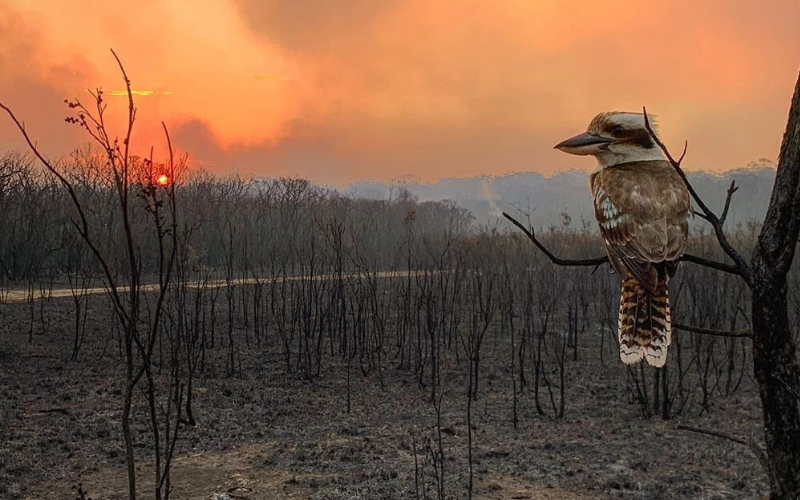
The bushfire season of 2019-2020 is an ongoing catastrophe for communities and wildlife across the country. With vast tracts of national parks destroyed by fires, many species have been hit particularly hard, with some at risk of extinction.
As of 6 January more than 8.4 million hectares have been destroyed, with fires tearing through the Adelaide Hills, vast swathes of south-east Victoria and the ecologically sensitive Stirling Ranges in Western Australia. Devastatingly, 80% of the Blue Mountains World Heritage Area and a large proportion of the Gondwana Rainforests of Australia World Heritage Area on both sides of the New South Wales/Queensland border also succumbed to the fires.
A picture is still emerging as to what state animal populations are in, but around 800 million individual vertebrate animals are thought to have been killed during this bushfire season so far. The list below details some of the particularly sensitive species that have been affected by the disaster. Urgent recovery plans will need to be put in place to ensure their survival.
If you would like to assist organisations that are dealing with the relief and recovery of communities and wildlife, we have compiled a list of groups that would welcome your support.
Long-footed potoroo (impacted in East Gippsland, Victoria, and southern NSW)
The long-footed potoroo is an Endangered, small kangaroo-like marsupial found only in the south-east of Victoria and up across the border with New South Wales. Its range is predominantly in East Gippsland, which has been severely affected by the bushfires. What's more, the long-footed potoroo is thought to actually assist in the recovery of bushland following a fire by spreading fungal spores throughout a burnt-out area. Fungi is a key food for the potoroo, and the spores, distributed through the animal's faeces, are thought to help re-establish plantlife.
Brush-tailed rock wallabies (impacted across its range)
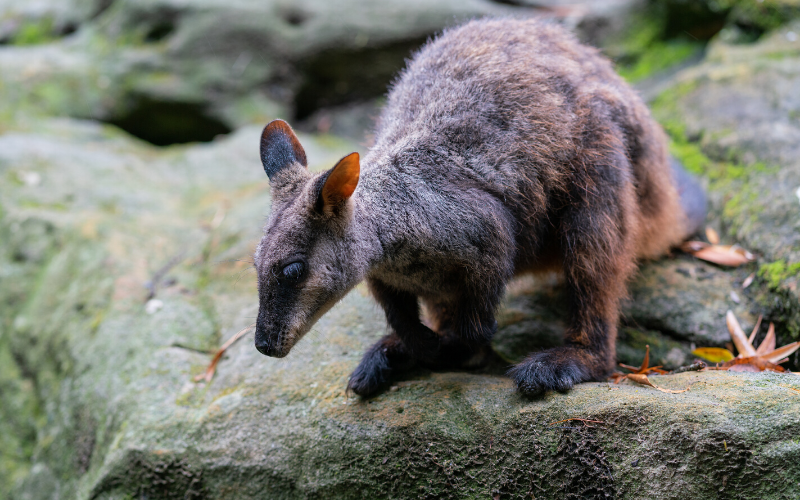
Following fires, Endangered brush-tailed rock wallabies and other animals are being given a helping hand with food sources left by local communities and the NSW Department of Planning, Industry and Environment in the Shannon Creek area near Grafton. Animals that survive bushfires on this scale can end up starving to death; watering points and feeding stations in the aftermath of a fire can help animals like the brush-tailed rock wallaby survive.
Greater glider (impacted in East Gippsland and Southern NSW)
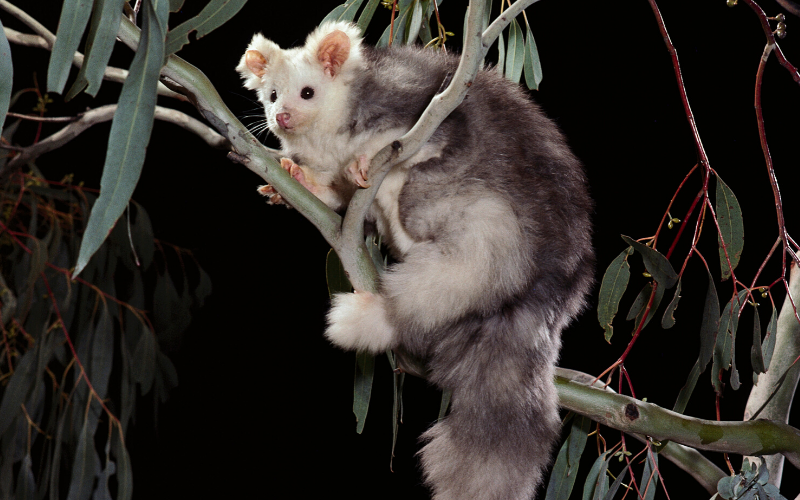
The Andrews Government in Victoria had only recently announced that tens of thousands of hectares of native forest would be exempt from logging to protect the greater glider and other rare species. These areas have now been all but destroyed by the bushfires. The greater glider, a Vulnerable marsupial that can glide up to 100 metres between trees, will have been severely affected. Incredibly, state government logging continues in greater glider habitat in forests as yet unaffected by bushfire in the Central Highlands.
Eastern Bristlebird (impacted in East Gippsland/Southern NSW)
Two of the three remaining strongholds of the endangered eastern bristlebird, a small brown bird that lives in temperate forest and grasslands, have been destroyed by fires. One of these habitats was at Mallacoota in East Gippsland, where the community was forced to take refuge on the beach from the bushfires.
Kangaroo Island Dunnart
With around a third of Kangaroo Island scorched by the fires, there are concerns for many of the endangered animals that live in its national parks. One species of marsupial, the Kangaroo Island Dunnart, is only found on the island. Already under threat from feral animals like cats, the tiny, rat-like dunnart was facing extinction prior to the catastrophic fires.
Koalas (impacted in SE Queensland, NSW North and South Coast, East Gippsland and Kangaroo Island)
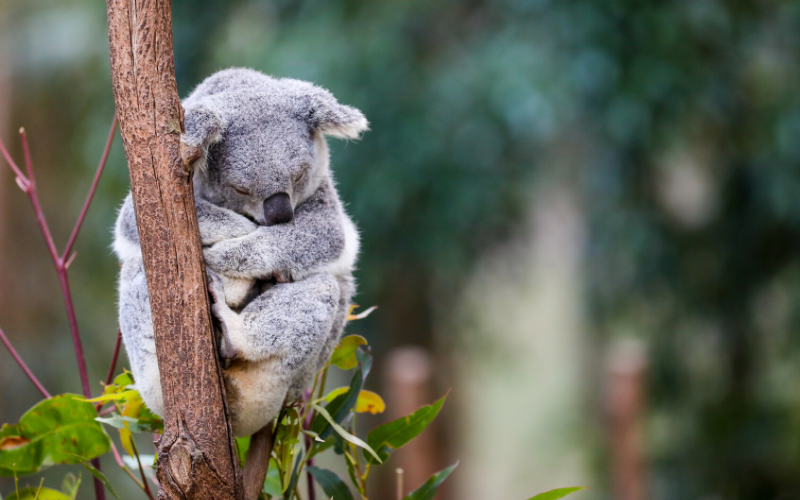
Koala populations have been impacted by bushfires throughout their ranges in NSW, Victoria and Queensland. The tree-dwelling marsupials are particularly vulnerable to bushfires, which also destroys their food source. Sadly, an important population of chlamydia-free koalas on Kangaroo Island has been severely affected, with perhaps 25,000 killed.
Mountain pygmy possum (impacted in Kosciuszko National Park, NSW)
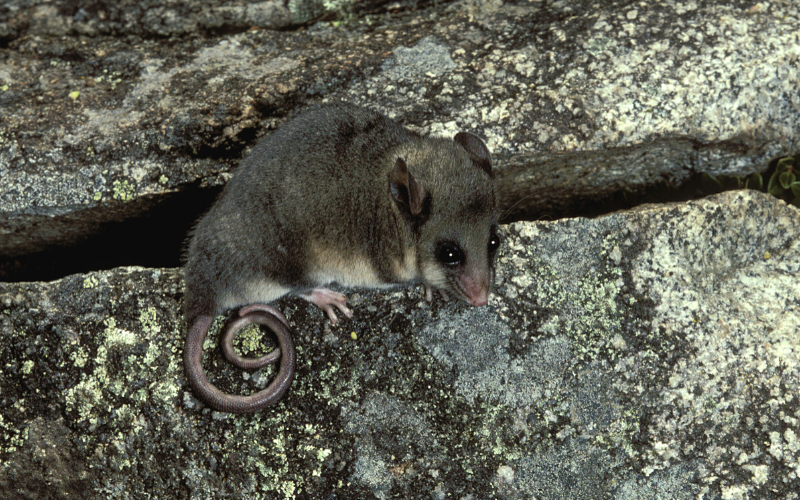
In Kosciuszko National Park, fires have destroyed crucial habitat of the mountain pygmy possum. There were already concerns for this Endangered alpine possum owing to a drop in its key food source of bogong moths. The numbers of moths migrating to the alps has plummeted, thought to be as a result of climate change.
What needs to happen now:
Extensive wildlife and habitat surveys need to be conducted across bushfire-affected regions to ascertain what wildlife remains and how to best help it. Once the extent of the damage to animal populations is known, a recovery program needs to be carried out immediately. This can involve:
- Capture and rehabilitation - the capture of stressed and injured animals like koalas, and their rehabilitation at specialist centres, should be a priority.
- Feeding - The provision of food sources for animals to help them recover in the immediate aftermath of a bushfire when food is scarce.
- Water supply - communities as well as government can assist surviving animals with water stations strategically placed in affected areas.
- Capture and translocation - extremely rare and sensitive species can be removed and cared for while the habitat recovers before being returned, as happened with the rare Barred Galaxias fish in the aftermath of the Black Saturday bushfires in 2009.
- Assisted Recolonisation - in some instances where a population of a species has been completely wiped out, we may have to intervene and repopulate an area once it has recovered.
- Extra provision of shelter - following a bushfire, feral animals can move in to prey on any surviving native species. With a lack of scrub following a fire, deploying artificial cat and fox-proof shelters for our small mammals to utilise could prove vital.
- Feral animal management - animals that survive a bushfire can find themselves in a black, barren landscape looking for food. It's the perfect hunting ground for feral animals like cats and foxes. Extra pest control measures need to be deployed in affected areas as soon as possible.
Sources:
Number of animal deaths
Long-footed potoroo
Greater glider
Eastern bristlebird
Kangaroo Island dunnart
Kangaroo Island koalas
Mountain pygmy possum
Feeding stations
Water supply
Assisted Recolonisation
Extra provision of shelter
Feral animal management